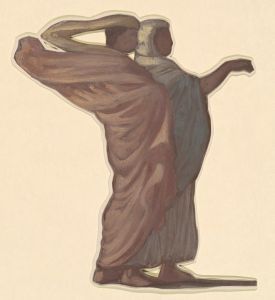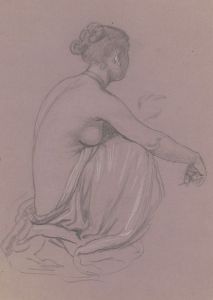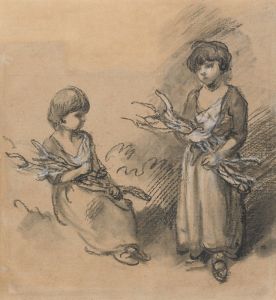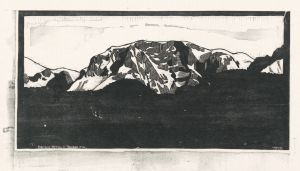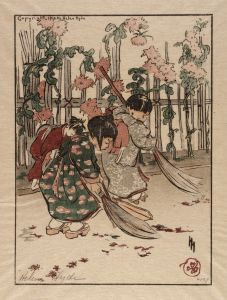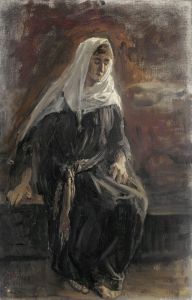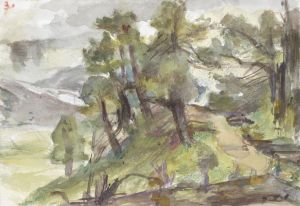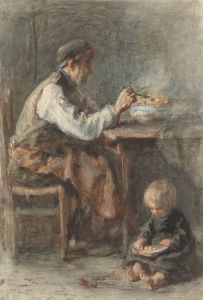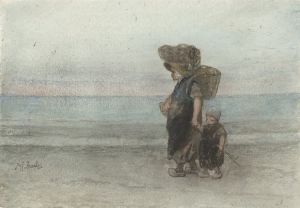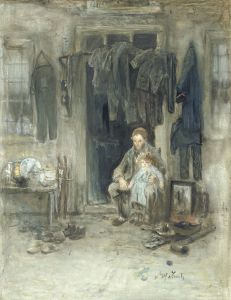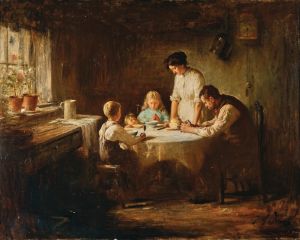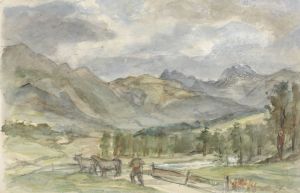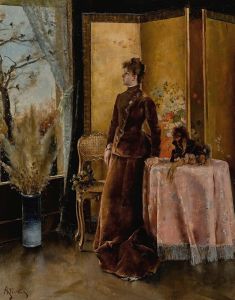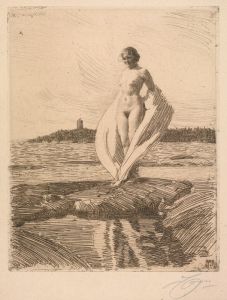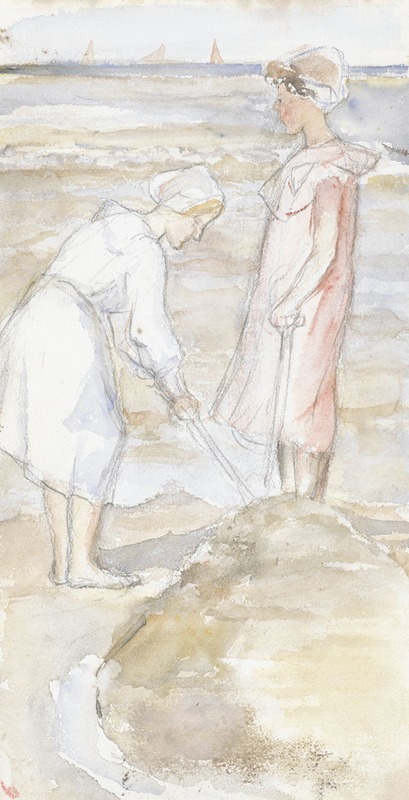
Twee meisjes in roze en wit op het strand
A hand-painted replica of Jozef Israëls’s masterpiece Twee meisjes in roze en wit op het strand, meticulously crafted by professional artists to capture the true essence of the original. Each piece is created with museum-quality canvas and rare mineral pigments, carefully painted by experienced artists with delicate brushstrokes and rich, layered colors to perfectly recreate the texture of the original artwork. Unlike machine-printed reproductions, this hand-painted version brings the painting to life, infused with the artist’s emotions and skill in every stroke. Whether for personal collection or home decoration, it instantly elevates the artistic atmosphere of any space.
Jozef Israëls (1824–1911) was a prominent Dutch painter associated with the Hague School, a group of artists known for their realistic depictions of rural life and landscapes in the Netherlands during the 19th century. One of his works, Twee meisjes in roze en wit op het strand (translated as Two Girls in Pink and White on the Beach), exemplifies his ability to capture intimate, everyday moments with emotional depth and technical skill.
This painting portrays two young girls dressed in pink and white, seated on a sandy beach. The composition is simple yet evocative, with the figures placed against a backdrop of the expansive shoreline and sky. Israëls' use of muted tones and soft brushstrokes creates a tranquil and contemplative atmosphere, characteristic of his work. The girls appear to be engaged in a quiet moment, possibly reflecting the innocence and simplicity of childhood. The setting, likely inspired by the Dutch coast, reflects Israëls' frequent focus on the lives of ordinary people and their connection to nature.
Jozef Israëls was deeply influenced by the Romantic movement early in his career but later transitioned to a more realistic style, drawing inspiration from the French Realists such as Jean-François Millet. His works often depicted fishermen, farmers, and other working-class individuals, emphasizing their dignity and resilience. While Twee meisjes in roze en wit op het strand does not directly depict labor or hardship, it shares the artist's broader interest in capturing human emotion and the beauty of everyday life.
The exact date of this painting is not widely documented, but it is consistent with Israëls' later works, which often featured more intimate and personal themes. The painting is notable for its delicate interplay of light and shadow, as well as its subdued color palette, which enhances the serene mood of the scene. Israëls' mastery of light and texture is evident in the way he renders the girls' clothing and the sandy beach, lending the work a sense of realism while maintaining its poetic quality.
Twee meisjes in roze en wit op het strand is an example of Israëls' ability to balance realism with sentimentality, making his work accessible and emotionally resonant. While not as widely known as some of his larger or more dramatic compositions, this painting reflects the artist's sensitivity to the quieter moments of life. It is a testament to his skill as a painter and his enduring legacy within the Dutch art tradition.
Further details about the painting's current location or provenance are not readily available in public records.





